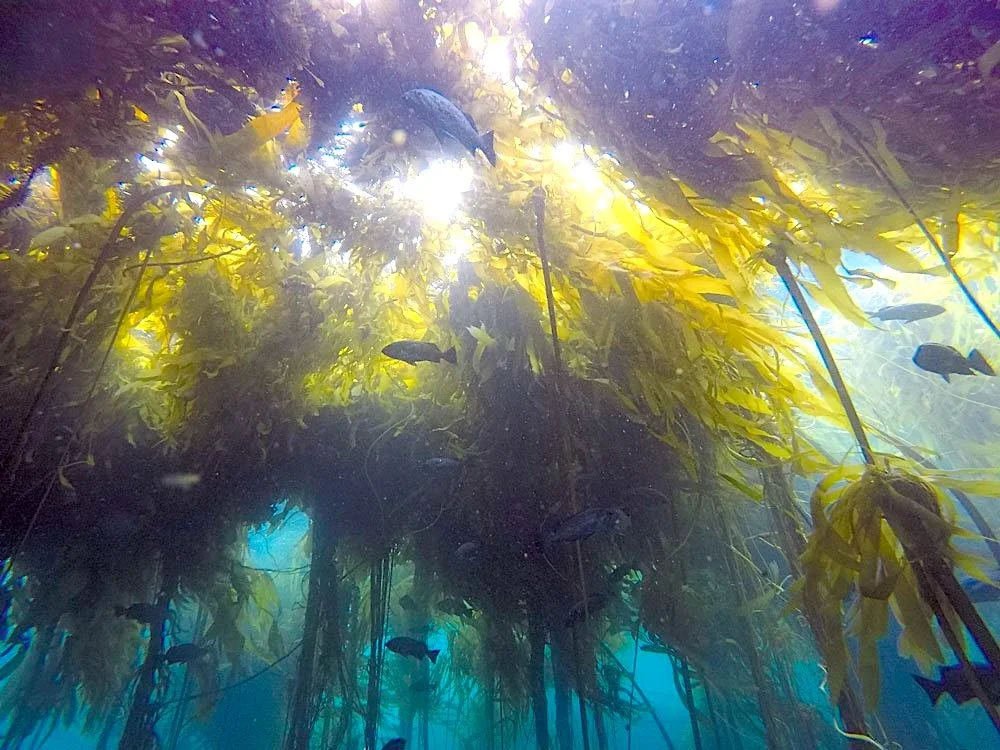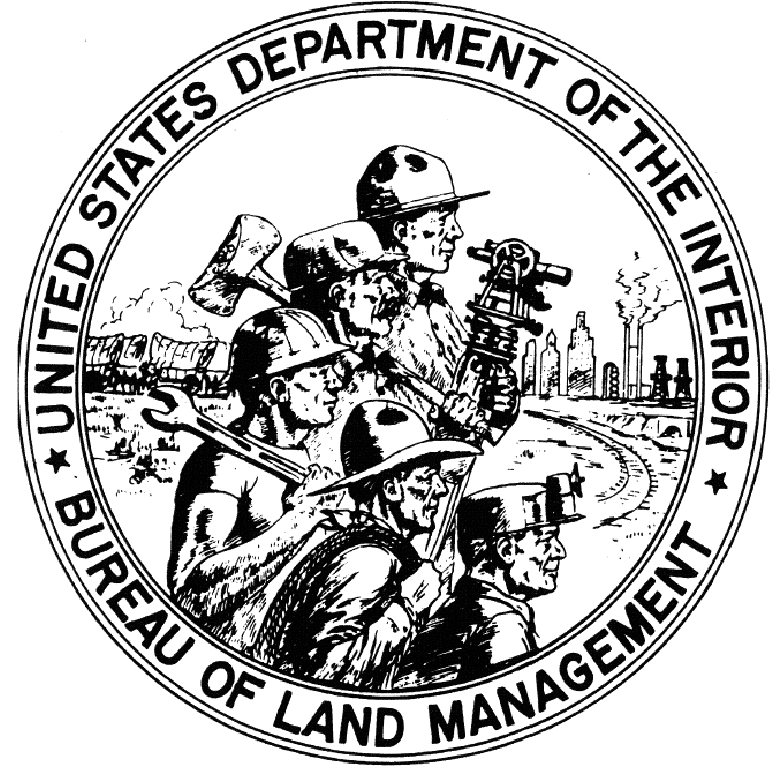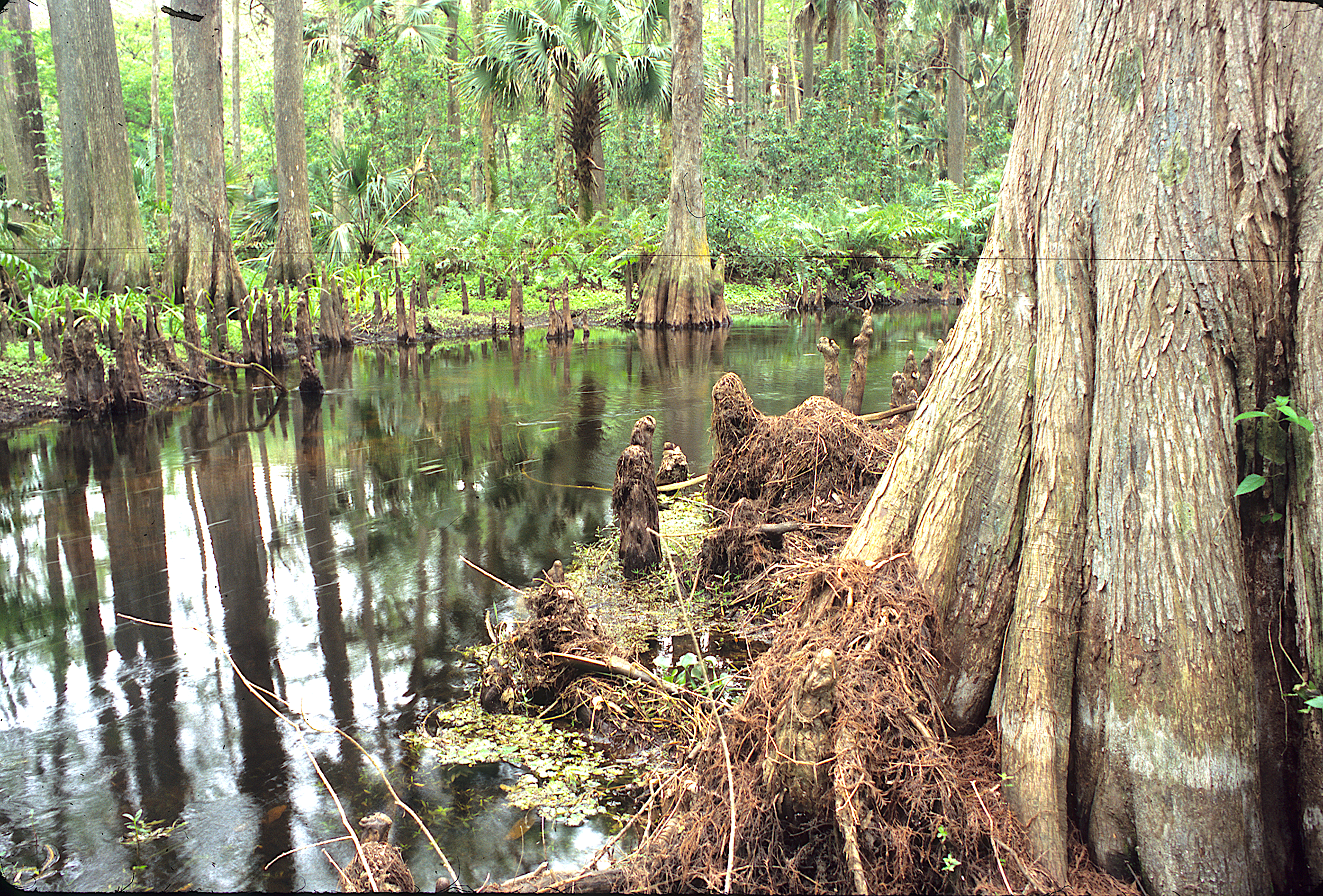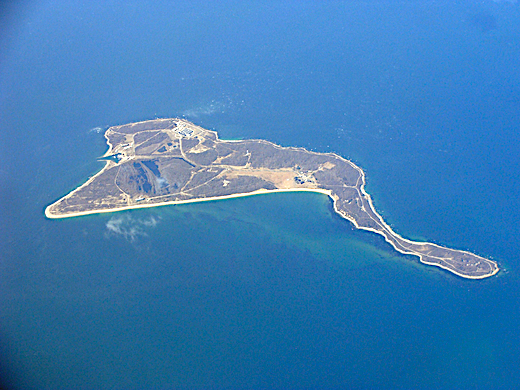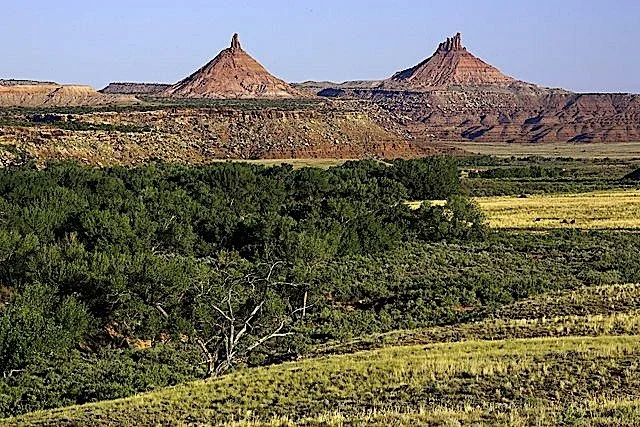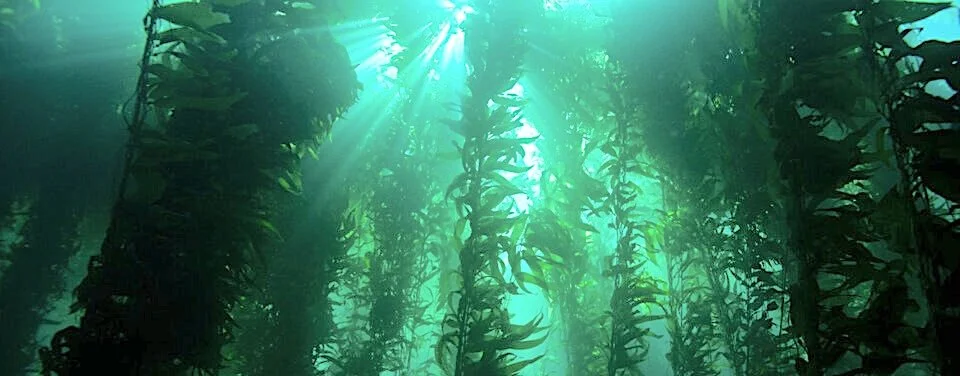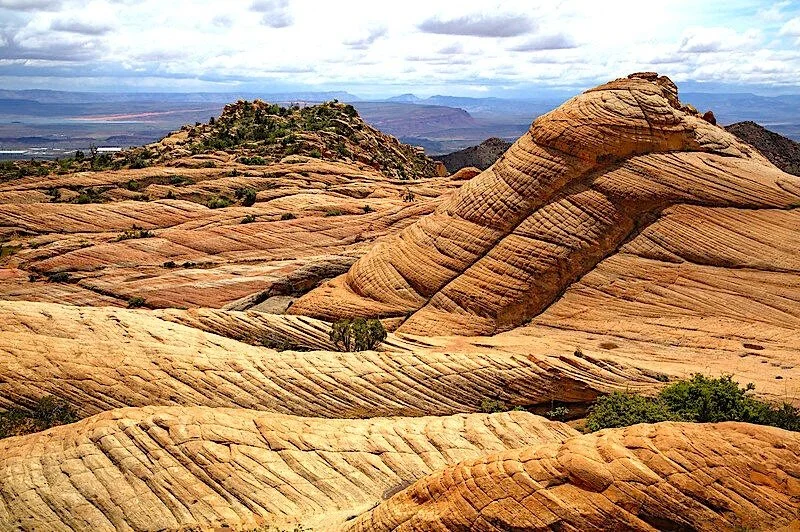Sort By Category
- 30x30
- Administration
- Antiquities Act
- Book Reviews
- Bureau of Land Management
- Climate Change
- Climate change
- Coasts
- Congress
- Counties & Federal Lands
- Courts
- Courts & Litigation
- Department of Agriculture
- Department of Interior
- Deserts
- Ecological Reserves
- Ecosystems
- Elections
- Endangered Species
- Energy
- Estuaries
- Federal Lands
- Fish
- Fish and Wildlife Service
- Forest
- Forest Fires
- Forest Service
- Forestry
- Forests
- Grasslands
- Land & Water Cons. Fund
- Land & Water Conservation Fund
- Legislation
- Litigation
- Livestock Grazing
- Marine Protected Areas
- Marine Sanctuaries
- Mature & Old-Growth Forests
- Mature and Old-Growth Foresrts
- Mining
- Nat'l Conservation Lands
- National Forest System
- National Marine Sanctuaries
- National Monuments
- National Monuments Act
- National Park Service
- National Park System
- National Parks
- National Recreation Area
- National Scenic Area
Sort By Tag
- 1002 area
- 30x30
- 5th Amendment
- ANWR
- Acadia National Park
- Adam Smith
- Administrative Procedure Act
- Advancing Conservation and Education Act
- Alan Bates
- Alan Deboer
- Alaska
- Alaska National Interest Lands Act
- Alaska Native Claims Settlement Act
- Aldo Leopold
- American Forest Resource Council
- American Prairie Reserve
- American Tree Farm System
- American beef supply
- American black duck
- American woodcock
- Ammon Bundy
- Ancient Forest National Park
- Anders Eskil Carlson
- Andrea Salinas
- Andrew N. Gray
- Andy Kerr
- Animal unit month
- Ansel Adams
- Antiquities Act
- Applegate Primitive Backcountry Area
- Aqua Fria National Monument
- Aquatic Conservation Strategy
- Aquatic Conservation and Riparian Strategy
- Arches National Monument
- Arches National Park
- Arctic National Wildlife Refuge
- Areas of Critical Environmental Concern
- Army Corps of Engineers
- Association of O&C Counties
- Astoria Canyon
- Astoria Fan
- Atlantic Coast
- Augusta Canal NHA
- Avarna Group
- Avi Kaw Ame
- BLM Conservation Rule
- BLM Zone 3 Lands
- BOEM Oregon Planning Area
- Baboquivari Peak Wilderness
- Baker County
New Old Forests in New England, Part 2: Is the Vision Visionary Enough?
Bringing back old-growth forests at scale in New England can naturally remove massive amounts of carbon dioxide polluting the atmosphere, carbon that was once safely stored in big old trees.
Book Review: The Other Public Lands: Preservation, Extraction, and Politics on the Fifty States’ Natural Resource Lands
Both a need and opportunities exist to elevate the conservation status of state public lands.
A National Monument for the Douglas-Fir
If currently degraded forests are included in a national monument dedicated to long-term conservation, our grandchildren will be able to see the vast landscape of old-growth Douglas-fir forests that our grandparents saw.
Oregon’s Most Endangered Forests
Kelp forests are extraordinarily important concentrations of biodiversity and are extremely threatened, along the Oregon coast and around the world.
The Forest Service Proposal to Save Its Old Growth: A Start, Though Inadequate
The Forest Service’s announcement that it is going to amend all national forest land management plans to “conserve and steward” old-growth forests is a start, although it’s a third of a century late and the proposed amendment is as light on conservation as it is loose on stewardship. As now proposed, the amendment leaves out mature forests, and the agency would leave loopholes large enough for log trucks loaded with old-growth logs to drive through.
The Unmaking of the Northwest Forest Plan, Part 2: Remaking It for the Next Quarter Century
This is the second installment of a two-part series on the Forest Service seeking to amend the Northwest Forest Plan. Part 1 examined the motivation of Forest Service bureaucrats to release themselves from the shackles of the plan, all the while playing up happy talk about ecosystems and sustainability and downplaying the sad truth of more roading and logging. Part 2 examines how to strengthen the Northwest Forest Plan for the benefit of this and future generations.
The BLM’s Proposed “Conservation” Rule: Open for Comments
The nation’s largest land manager is proposing a new “conservation” rule that might result in improved land management but more likely will serve as a shield for the agency to continue to degrade public lands at the expense of this and future generations.
Forests in the American East, Part 3: A Vision of the Return of Old-Growth Forests
This is the third of a three-post examination of forests in the American East. Part 1 diagnosed an “environmental generational amnesia” that makes people think it is okay to not have real (old-growth) forests and to tolerate, if not facilitate, massive and repeated clear-cutting and/or deforestation in the name of creating “early successional habitat” for species of wildlife that we need not be concerned about. Part 2 shed light on a conspiracy of self-interested timber companies, misguided public land foresters, misinformed wildlife biologists, and Kool-Aid-drinking conservationists. This Part 3 suggests ways to partially—but significantly—bring back the magnificent old-growth forests that have long been lost.
Preforests in the American West, Part 2: “Reforestation,” By Gawd?
This is the second of a two-post exploration of the stage of forest succession that occurs after a stand-replacing event and before the canopy again closes and dominates the site. Part 1 discussed why preforests are valuable, if undervalued. Part 2 addresses management of preforests to preserve their ecological value.
Preforests in the American West, Part 1: Understanding Forest Succession
This is the first of a two-post exploration of the stage of forest succession that occurs after a stand-replacing event and before the canopy again closes and dominates the site. In Part 1, we discuss why preforests are valuable, if undervalued. In Part 2, we will address management of preforests to preserve their ecological value.
Book Review: Our Common Ground: A History of America’s Public Lands
Understanding the history of public lands is useful if one is to be the best advocate for the conservation of public lands.
30x30: Biden Needs to Up His Game
For President Biden to ensure that 30 percent of the nation’s lands and waters are conserved by 2030, as he promised, the pace and scale of protections needs to increase dramatically.
Offshore Oregon Could Be Despoiled by Wind Power Turbines
We don’t have to despoil the environment and view off the shore of Oregon to produce carbon-free electricity.
30x30, Part 3: Forty-Four Tasty Conservation Recipes One Can Make at Home—If One Lives in the White House
This is the third of three Public Lands Blog posts on 30x30, President Biden’s commitment to conserve 30 percent of the nation’s lands and waters by 2030. In Part 1, we examined the pace and scale necessary to attain 30x30. In Part 2, we considered what constitutes protected areas actually being “conserved.” In this Part 3, we offer up specific conservation recommendations that, if implemented, will result in the United States achieving 30 percent by 2030.
Clinton and Obama Giveth, Trump Taketh, and Biden Restoreth: Two National Monuments in the State of Utah
Two national monuments in Utah have been restored, but it isn’t over.
Oregon’s Blue Carbon, Part 3: Forested Tidal Swamps
This is the third of three Public Lands Blog posts that focus on Oregon’s coast. Part 1 looked at Oregon’s (and the nation’s) “blue carbon” and a congressional effort to conserve and restore it. Part 2 examined coastal wetland loss, conservation, and restoration. Part 3 describes a now very rare type of coastal wetland: the forested tidal swamp.
Oregon’s Blue Carbon, Part 2: Coastal Wetland Loss and Restoration
This is the second of three Public Lands Blog posts that focus on Oregon’s coast. Part 1 looked at Oregon’s (and the nation’s) “blue carbon” and a congressional effort to conserve and restore it. Part 2 examines coastal wetland loss, conservation, and restoration. Part 3 will describe a now very rare type of coastal wetland: the tidal swamp or tidal forested wetland.
Oregon’s Blue Carbon, Part 1: Rep. Bonamici on the Case
This is the first of three Public Lands Blog posts that focus on Oregon’s coast. Part 1 looks at Oregon’s (and the nation’s) “blue carbon” and a congressional effort to conserve and restore it. Part 2 will examine coastal wetland loss, conservation, and restoration. Part 3 will describe a now very rare type of coastal wetland: the tidal swamp or tidal forested wetland.
30x30: Biden’s Bait and Switch
A preliminary report to the National Climate Task Force recommending a ten-year, locally led campaign to conserve and restore the lands and waters upon which we all depend, and that bind us together as Americans.
Roading the Red Cliffs: Unnecessary, and Illegal to Boot
The Colorado Plateau, the Great Basin Desert, and the Mojave Desert come together in Washington County, Utah, where the Red Cliffs National Conservation Area (RCNCA) is generally centered. In this transition zone, unusual plant and animal species have evolved, including the dwarf bearclaw-poppy (Arctomecon humilis) and Shivwits milk-vetch (Astragalus ampullarioides), small native plants that grow nowhere else on earth.



